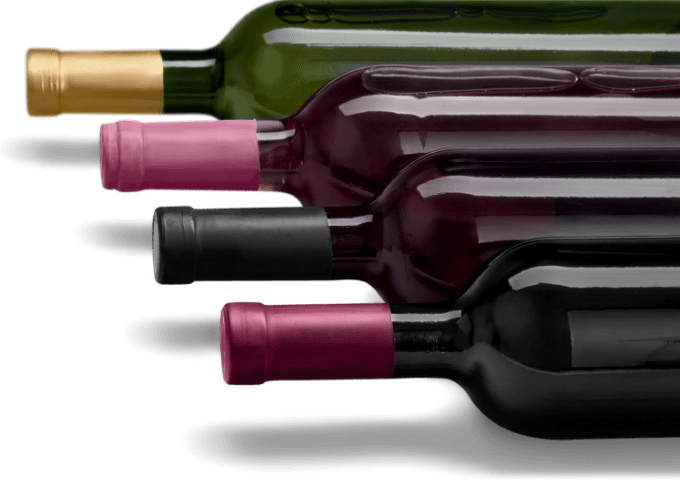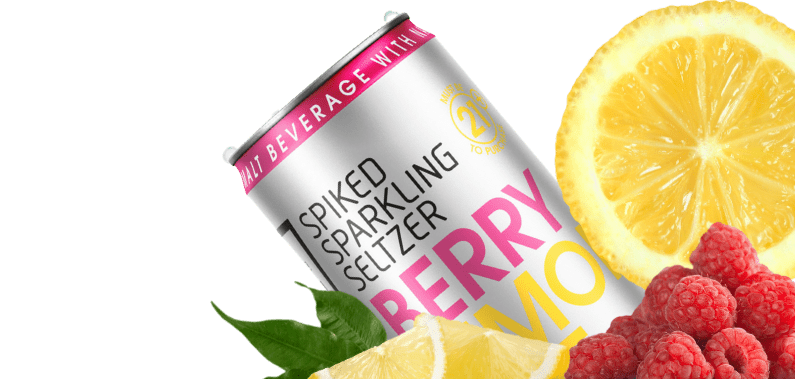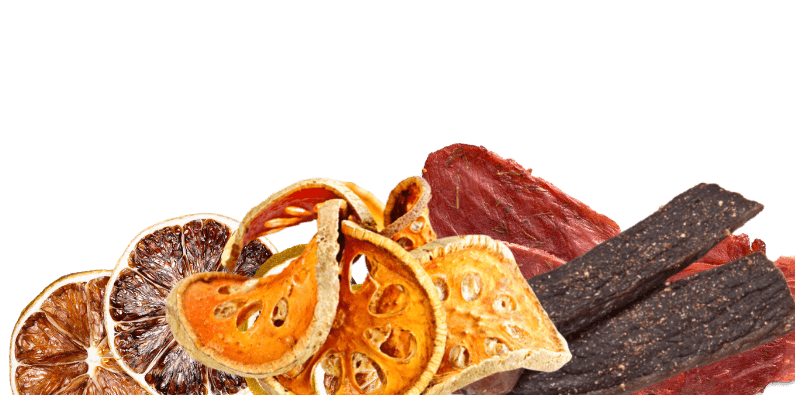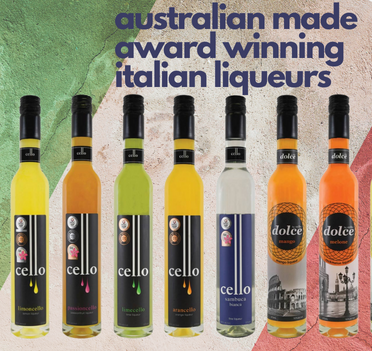The length of time that malt spirits are matured can vary depending on a variety of factors, including the specific type of spirit, the desired flavour profile, and the storage conditions.
Malt spirits, also known as malt whisky, are typically matured in oak barrels for under two years, although some distilleries may choose to age their whisky for longer periods of time. For a truly unique flavour experience, some Malt spirits are matured in Australian native wood barrels. Some of these Australian native types include Tasmanian Blackwood, Jarrah and Ironbark!
The aging process is an important part of whisky production, as it allows the spirit to interact with the wood of the barrel and develop its unique flavour profile. During the aging process, the whisky will absorb flavours and aromas from the wood barrel, such as vanilla, caramel, and spice. The wood of the barrel can also remove unwanted flavours from the whisky, such as sulphur compounds that can be produced during the distillation process.
In addition to the length of time that malt spirits are matured, the type of oak barrel used can also have a significant impact on the final flavour and aroma of the spirit. Many distilleries use oak barrels that have been previously used to age other types of spirits, such as bourbon or sherry, as these barrels can impart unique flavours to the whisky.
The storage conditions of the barrels during the maturation process can also play a role in the final flavour of the malt spirit. Factors such as temperature, humidity, and airflow can all affect the way that the whisky interacts with the wood of the barrel.
Overall, the type of wood barrel and length of time that malt spirits are matured is an important factors in the final flavour and aroma of the spirit. Longer maturation periods can result in a more complex and refined spirit, while shorter maturation periods can result in a more robust and flavourful spirit. Ultimately, the desired flavour profile will depend on the preferences of the distillery and the individual consumer.
























































 Login with Google
Login with Google
